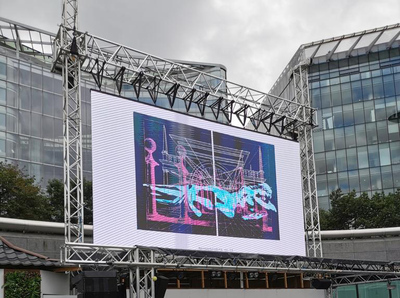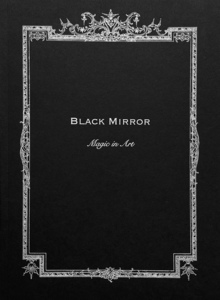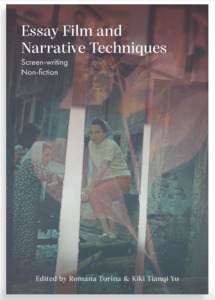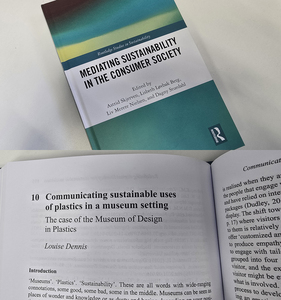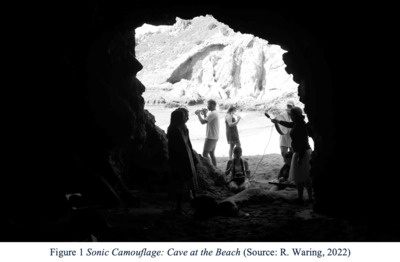A story team’s journey on an animated feature such as Corpse Bride (2005) is similar to that of the audience. It is emotional, full of story and character, has astounding visuals – and it is unlikely you will have experienced anything like it before.
When agreeing to work on Corpse Bride, you are agreeing to wholeheartedly embody Tim Burton’s imagination. By signing the contracts, you accede to keep production secrets and leave your life at the door for the duration of your stay. In exchange, you enter the Burton world – you become a ‘Burton Body’, a crew member. You become dedicated to Burton’s incomplete vision, you enter the ‘dark, edgy, and quirky realm of the “Burtonesque”’ (Salisbury 2006: xviii), and with this agreement there comes glory ‘but also its own, unique set of difficulties, not least in the expectations that both studios and audiences now have of him and his output’(Salisbury 2006: xviii).
Sixteen years later I can reflect on my experience and the processes and write with hindsight. I hope to give a fair account of what it is like to be a ‘Burton Body’ and to explain what story development means on an animation feature. This essay provides an overview of how story teams and their ideas inform the final script, observing that the screenplay is not the beacon of light in stormy seas, but more like a large ship loosely anchored nearby.
 |



 Lists
Lists Lists
Lists

![Tim Burtons Bodies.jpg [thumbnail of Tim Burtons Bodies.jpg]](https://research.aub.ac.uk/430/1.haslightboxThumbnailVersion/Tim%20Burtons%20Bodies.jpg)


